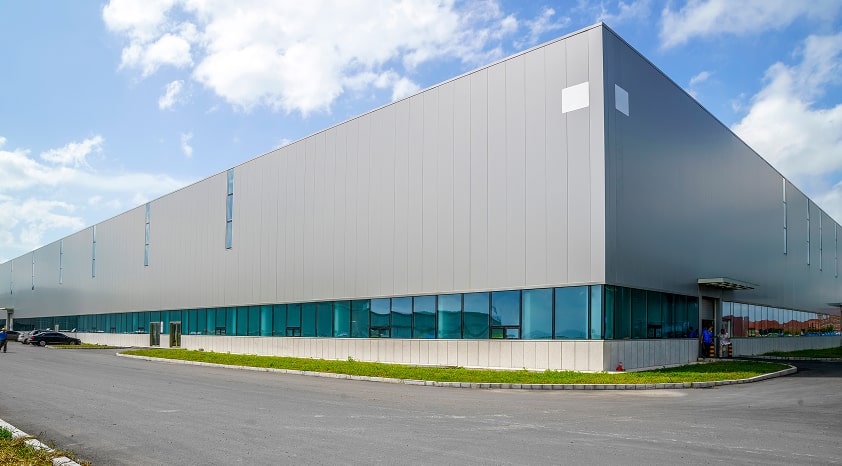A recent study found that over half (53%) of organizations lack the necessary workplace data to make strategic decisions. If you’re a workplace manager without access to actionable insights, it’s like planning a journey without knowing your starting point.
To optimize your workspace effectively, you need clarity on key factors: How many employees are utilizing the space? When are they coming in? What are their work preferences? Where are opportunities for improvement? Tracking these critical metrics is essential for both operational efficiency and creating a workplace that employees genuinely enjoy.
In this blog, we’ll introduce you to the fundamentals of workplace analytics and guide you on how to get started. We’ll explore:
- What is workplace analytics is and why it matters
- Key examples of workplace analytics
- 4 essential questions to ask when selecting workplace analytics software
What is workplace analytics
Workplace analytics refers to a set of tools and dashboards designed to track key data points such as space utilization, employee attendance, and visitor volume. These insights empower businesses to make strategic, cost-effective decisions that optimize workplace management. For instance, organizations can assess real estate needs, refine staffing strategies, and enhance the overall employee experience.
However, not all workplace analytics solutions offer the same value. Some platforms provide raw data without actionable insights, leaving businesses with more questions than answers. The most effective solutions go beyond mere numbers, identifying meaningful trends and providing recommendations that help decision-makers take confident, informed actions.
The benefits of workplace analytics
If you’re wondering whether another workplace management tool is necessary, the answer is a resounding yes. The advantage of workplace analytics is that it simplifies decision-making. By using a unified workplace platform that integrates seamlessly with your existing systems, you gain a comprehensive view of space utilization and employee behavior, unlocking a range of benefits.

3 key metrics of workplace analytics
Now that we’ve covered the benefits, let’s explore the specific workplace metrics you can track with the right analytics tools.
Attendance Trends
Tracking attendance patterns provides valuable insight into workforce behavior, helping businesses manage space effectively.

Space Utilization
Space utilization data assesses how effectively desks, meeting rooms, and shared spaces are being used. It tracks desk occupancy rates, room booking efficiency, and usage trends for common areas.

Benchmarking against industry standards
Advanced workplace analytics platforms enable businesses to compare their space utilization and attendance trends against industry peers.

Choosing the right workplace analytics software: 4 key questions
Now that you understand workplace analytics, how do you choose the best solution for your business? Here are four critical questions to ask:
1. Do you need a point solution or a comprehensive workplace platform?
While standalone tools may solve one immediate need (like meeting room booking), a comprehensive platform offers long-term value. A unified workplace platform not only helps with space reservations but also provides insights on attendance, space optimization, and operational efficiency—all in one place.
2. Will the software scale with your business?
Your workplace needs today may be different from what you’ll need in the future. Choose an analytics solution that scales across multiple locations and can adapt to business growth.
3. Does the software integrate with third-party applications?
Seamless integration with tools like access control systems, Wi-Fi tracking, and security solutions enhances workplace efficiency. The fewer manual processes involved, the smoother the experience for employees and IT teams alike.
4. Is the software user-friendly?
Adoption is key. The best workplace analytics solutions are intuitive and easy to use, ensuring employees engage with them regularly. The more they interact with the system, the more accurate and actionable the insights become.
Workplace analytics is more than just data—it’s about unlocking the full potential of your workspace. By investing in the right workplace analytics platform, you can make informed decisions, improve operational efficiency, and create a workplace that employees love. Whether you’re looking to optimize meeting room bookings, enhance security, or boost productivity, workplace analytics provides the insights you need to succeed.
Are you ready to take control of your workplace data? Explore how Veris can help you turn insights into action.






































.avif)
.avif)





